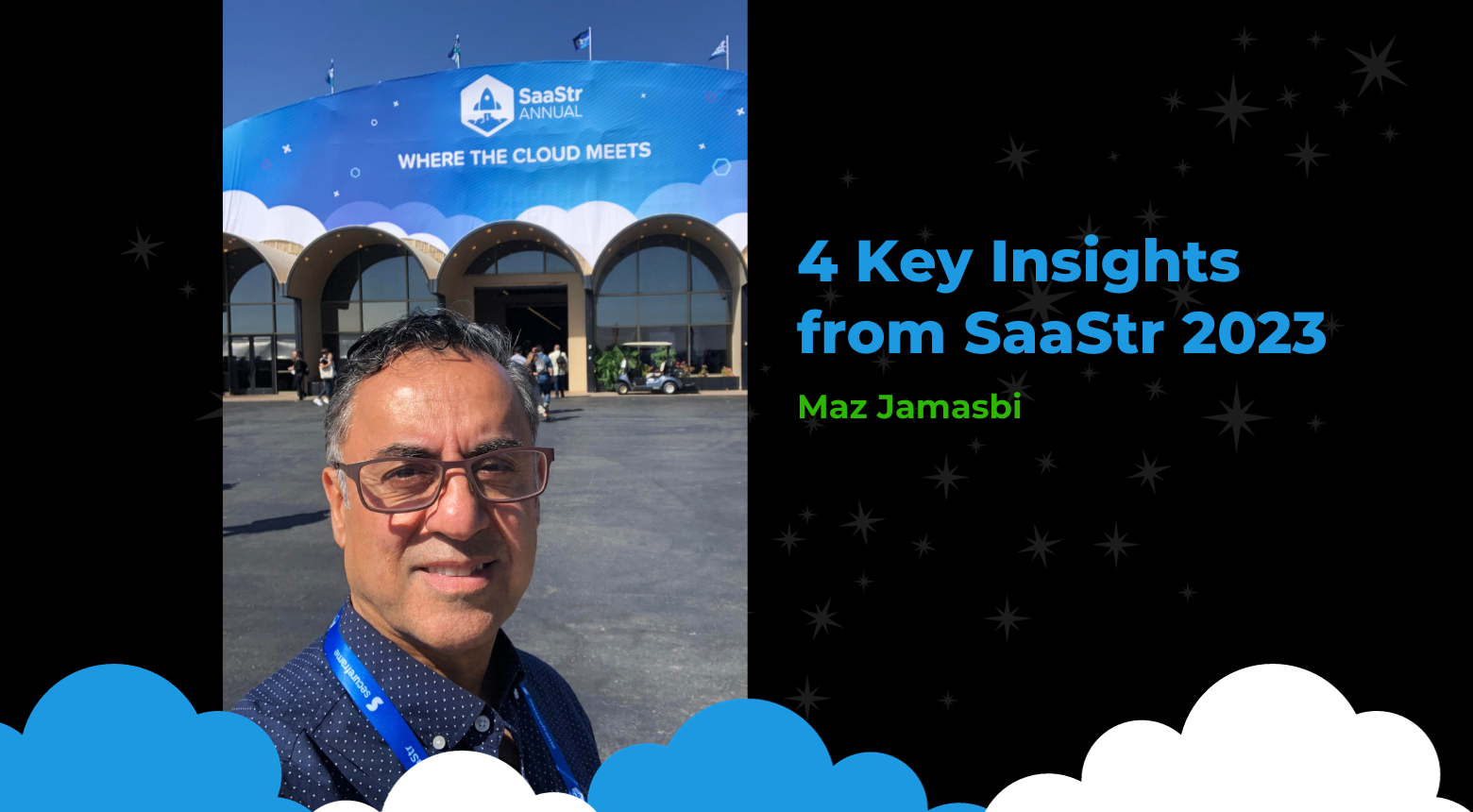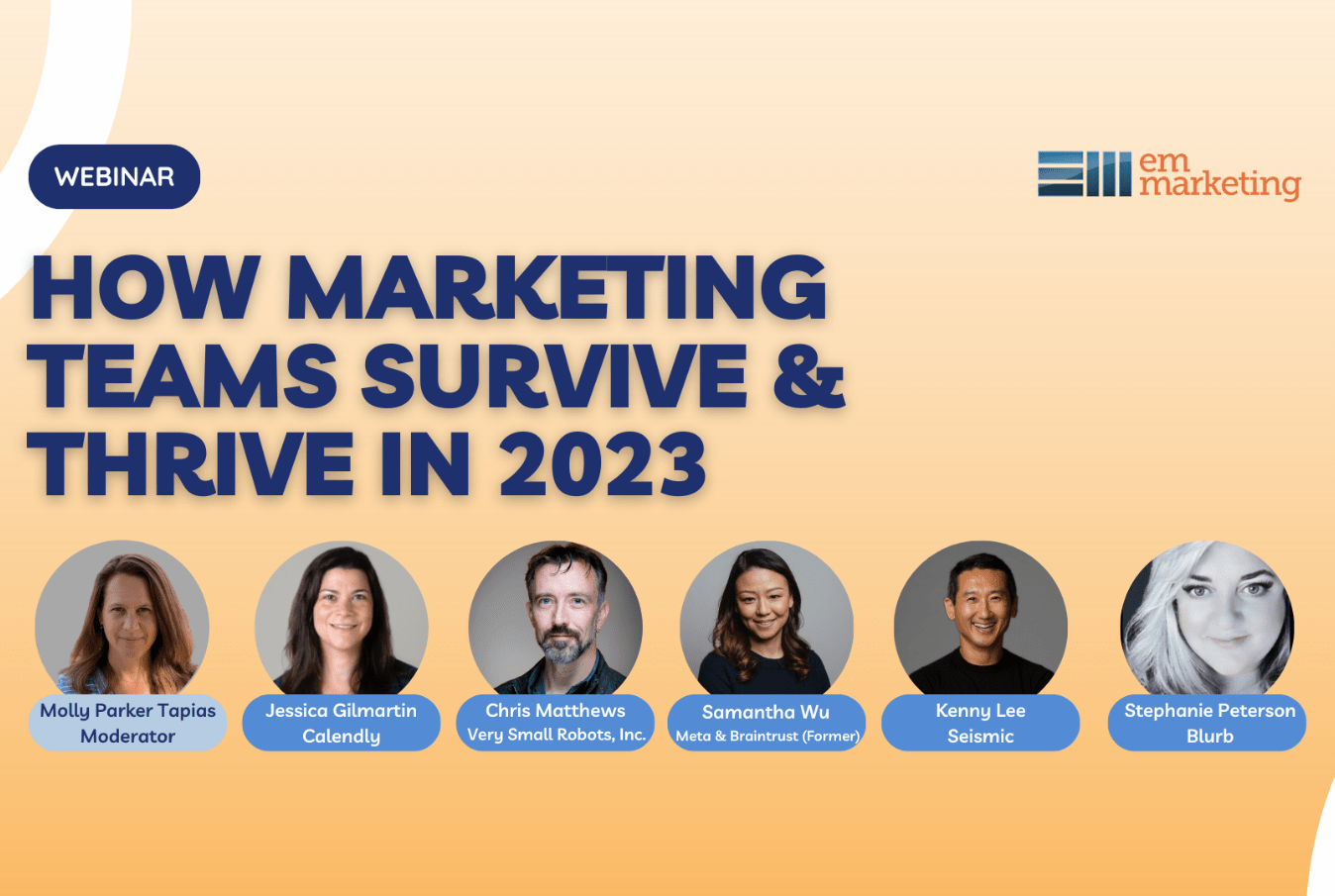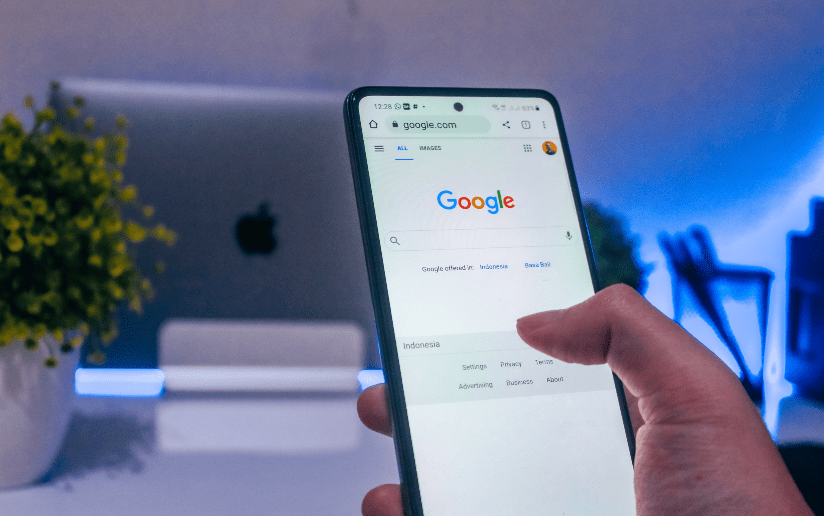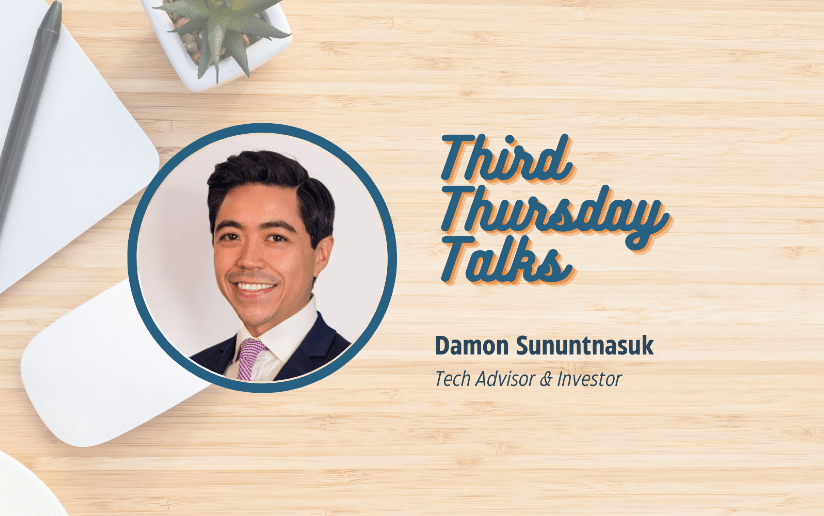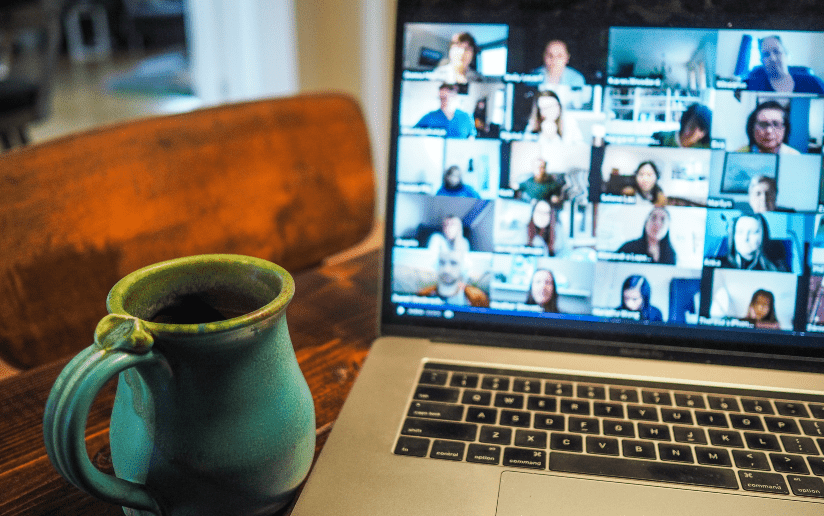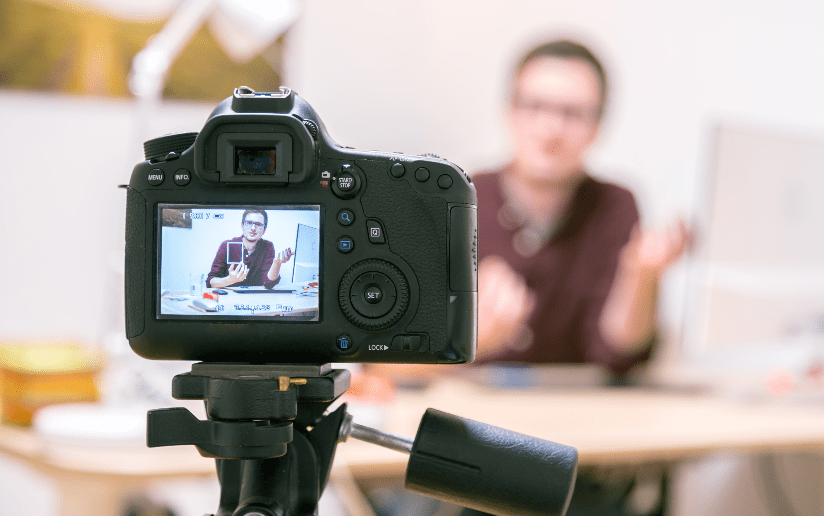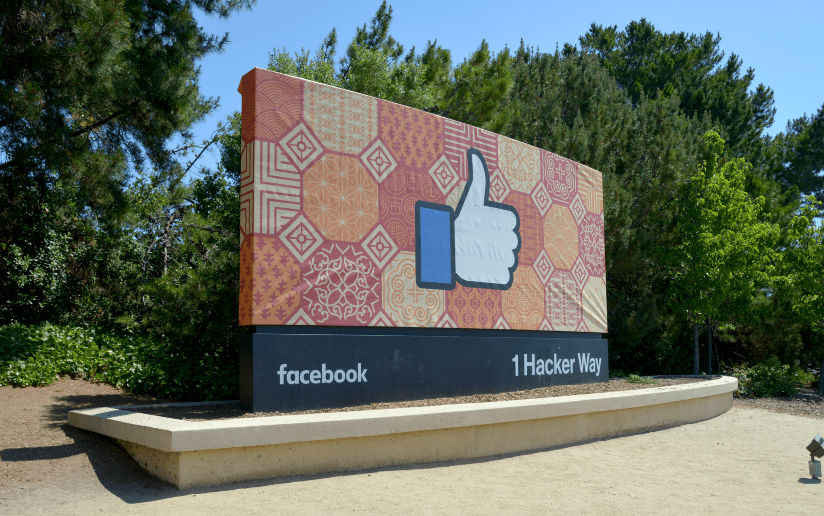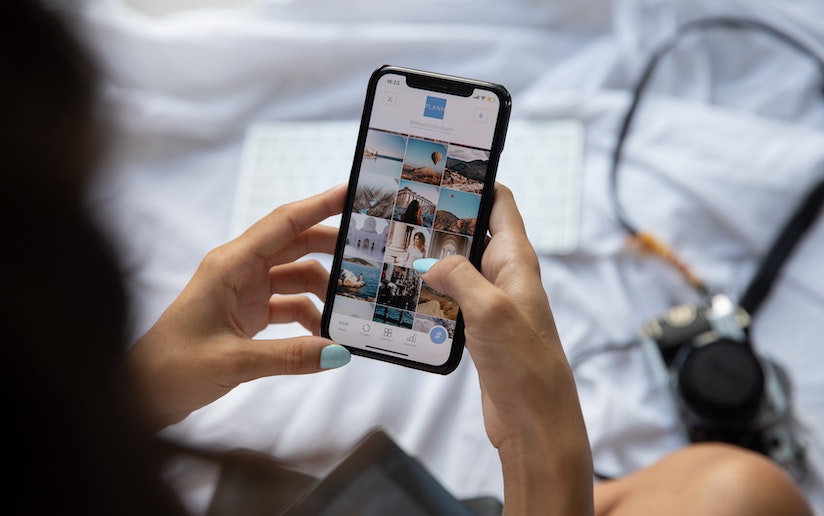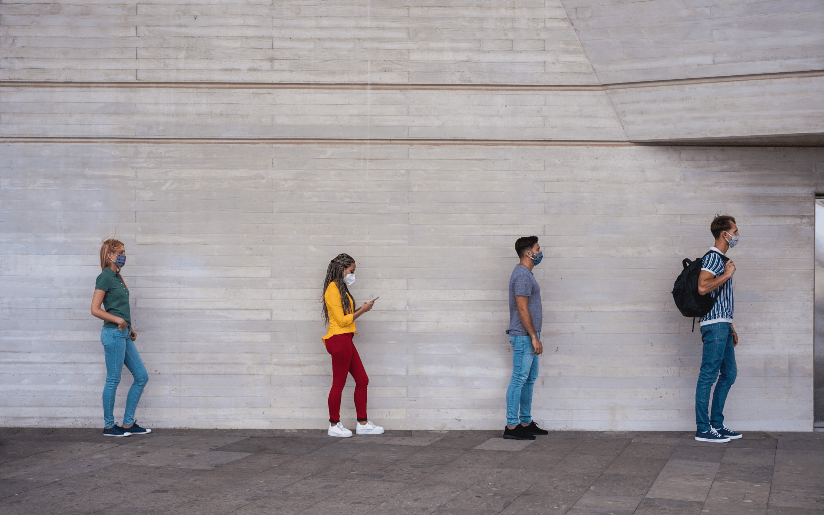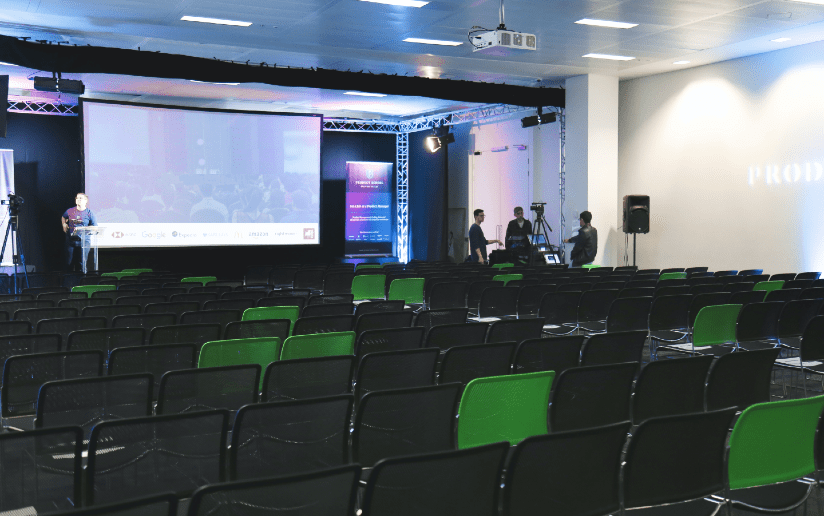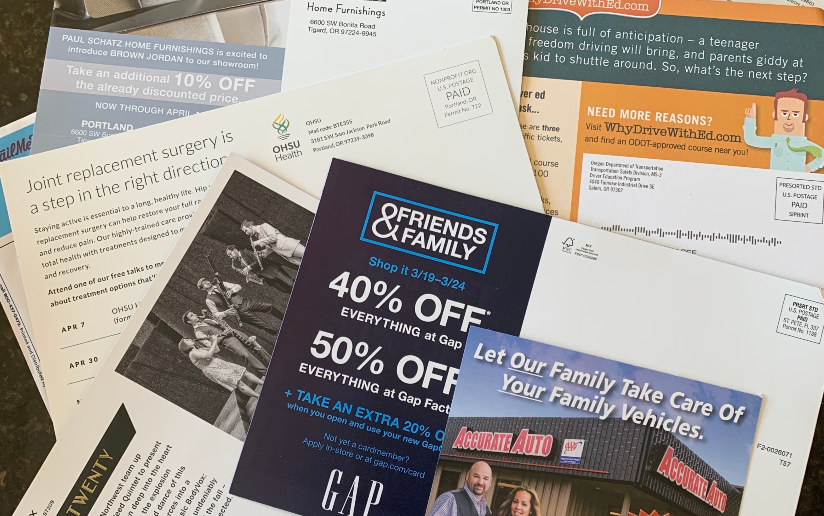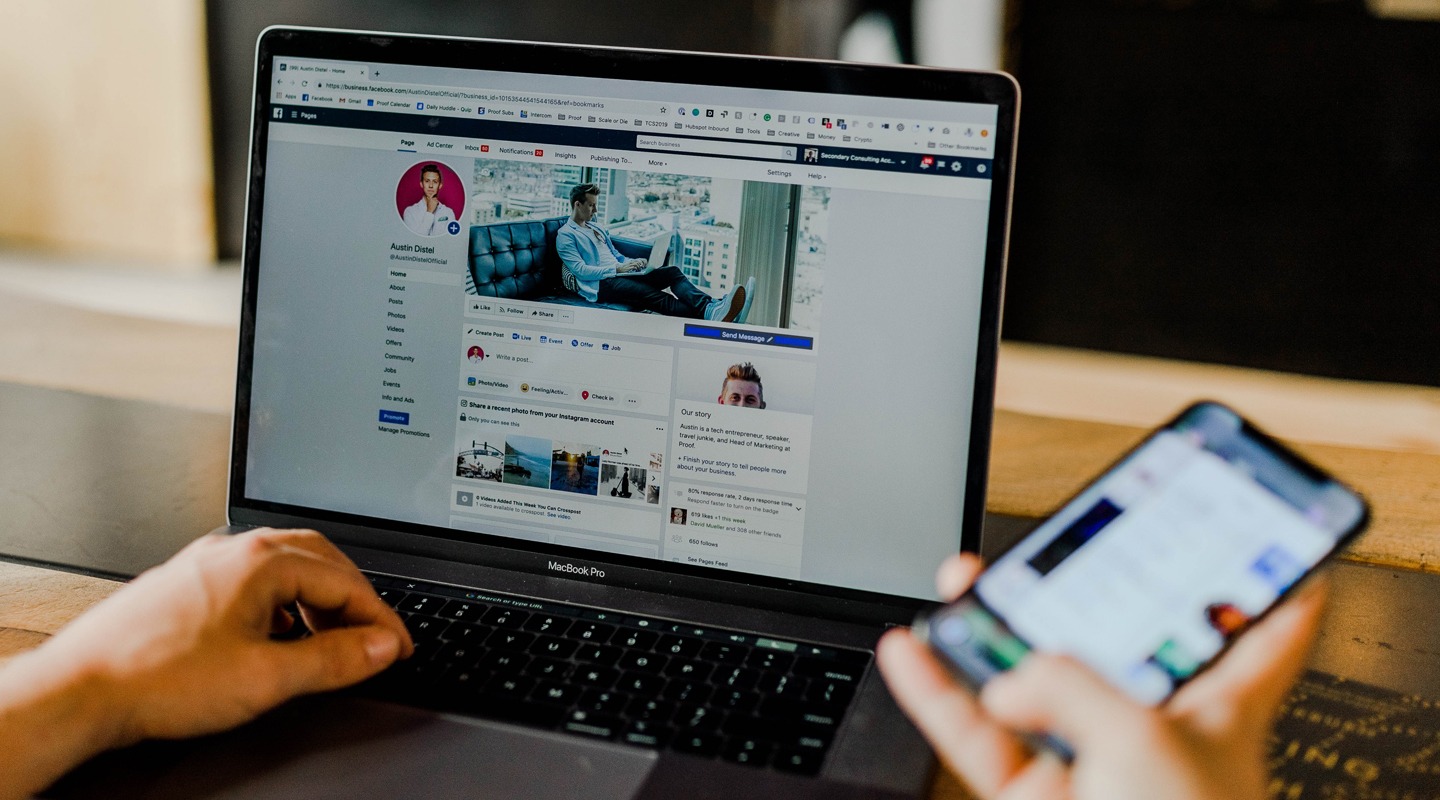
2021 Digital Marketing Predictions from Top Consultants
It’s not an overstatement to say that 2020 was a year of tremendous change. The pandemic rocked the foundations of every business and brought sweeping change to our personal lives. We saw the rapid acceleration of digital transformation, and large scale protests following the death of George Floyd. New data privacy laws took effect. Tech backlash continued to grow. How will it all impact the digital marketing landscape in 2021? Prediction is a risky business these days, but here’s what some of our seasoned consultants think we’ll see more of this year:
Testing Wins the Day for Demand Gen
 Jackie Walts, Demand Generation Consultant
Jackie Walts, Demand Generation Consultant
Companies that take the time to set up testing programs and tracking programs are going to be the most successful with demand generation in 2021. Right now, nothing demand gen marketers have done in the past is predictive of success because the market is changing so significantly. Everything has to be tested, and re-tested, because what works now may not work six months from now.
In the past marketers have been able to say, “program A always works, so let’s just do it again,” and get away with it if they’re meeting their numbers. But, that’s not a best practice. You should always be testing against your strongest programs to see if you can improve them. It’s time to build up those muscles again, starting from the assumption that every day the world is starting new. You may need new tools, and you definitely need someone on your team who can lead the process.
Renewed Focus on Websites and SEO
 Patrick Lundbom, Founder and CEO of Motoz Digital Media
Patrick Lundbom, Founder and CEO of Motoz Digital Media
With a lot of audience targeting data going away due to new consumer privacy laws, it’s going to get harder to run successful campaigns. Specifically, lookback windows are getting ever shorter so data sets are going to be very immature. If someone is researching a large purchase for example, a 30-day lookback window could show you how they’re moving through that process. With a 7-day lookback window, they might have already bought it before you even know they’re in the market. With cookie data going away, attribution reporting will become harder too.
In response to those changes, and the huge shift to digital in response to COVID, businesses are moving to take charge of their own destiny with their own websites and content. When you post everything on Instagram or Facebook or TikTok, you don’t own the data, and or the content, and therefore you have no control over them. This renewed focus on web properties will drive increased interest and investment in SEO. As they optimize their own content and analyze their own data, they may well find that the quality of organic traffic is better than paid.
Marketing Dollars Go toward Corporate Social Responsibility Awareness
 Daniel Morrison, Growth Marketing Manager and Strategist
Daniel Morrison, Growth Marketing Manager and Strategist
People are going to be looking to do more business with companies that have a community connection, and with companies that are valuing sustainability, and diversity, equity and inclusion. We saw that start with the George Floyd protests last summer and I think (hope!) we’ll continue to see that on a larger scale. Brands are already changing their language and rethinking their creative to be more inclusive. We’ll see them do more to keep their customers in the loop with how they’re investing in sustainability, DEI and other community initiatives.
Humans Over Data
Google and Facebook have provided us with easy access to an amazing amount of data, but with a lot of that going away due to new consumer privacy laws, marketers are going to have to lean in to diversification. They’re going to have to assemble a bigger picture of who their audience is, what they care about, and where they spend their time outside of those platforms.
We have all this AI and machine learning that can take millions of rows of data about an individual person and compute information in real time, and with that we have often dehumanized people into rows of data. Companies that win will look less to their data to validate their audience and more to their audience to validate their data.
Greater Accountability for Digital Marketers
 Mark Harnett, Performance Marketing Consultant
Mark Harnett, Performance Marketing Consultant
Growing backlash against Google and Facebook may spill over onto the digital marketing industry. Google and Facebook are still the best places to advertise, and in general they do a great job. But, as scrutiny of the duopoly increases, and stories about some of their practices drip out, there may be pressure on the enablers – the marketing organizations who buy their products – to justify what they’re doing because that negative view of the industry and practices that are not in the best interests of customers is going to start trickling down.
The most egregious practice in my view is the longstanding agency practice of charging by percent of ad spend. Not only does that line the pockets of Google and Facebook, it aligns the incentives incorrectly, rewarding agencies for spending as much of their customers’ money as possible, rather than for performance, and that leads to all sorts of bad practices.
Tier B Steps Up


A lot of spend in performance marketing has typically revolved around Google, Facebook, and Instagram. This year we’ll see second tier platforms capture a bigger share of advertising dollars – Snapchat and Pinterest in particular. What built the Facebook business is the ability to use AI to target the right people. I think that both Snapchat and Pinterest now have that capability as well, based on what I’ve read and seen with tests we’ve done. Their recent stock prices reflect that as well.
I think we’ll see a lot of companies testing out Tier B platforms, and many businesses will find success. They won’t necessarily roll off Facebook and Google, but as competitors improve, I would hope that that would cause the Facebook CPMs to drop just a tiny bit.
Video Testing on the Rise
With the growing number of video placements available on many channels, the desire to test videos is going to be amplified. The intent of the audiences on Facebook, Instagram, TikTok, and Pinterest are very different. To succeed advertisers are going to have to customize and test to figure out the proper ads for these different channels so that their ads appear native.
On the B2B side companies need to take better advantage of the LinkedIn video platform, and for most that means rethinking their approach. Long how-to or testimonial-style videos can work, but if you’re scrolling through LinkedIn, you don’t want to watch a three-minute video. B2B companies need to embrace creating their own version of direct response videos.
The Rise of the Freelance Paid Media Specialist


Severe restrictions on in person selling mean that nearly every business needs to rely on paid media. But, not every business is ready for an agency-level program – or an agency level budget. That’s the right phase for them to explore working with freelancers. Media agencies charge a percentage of spend, and make you sign six-month minimums, oftentimes to work with junior staff. If you’re just getting started, you’re probably better off with a fractional expert – somebody’s who’s done it all before and can help you skip over some of the learning curve.
It also makes sense for more mature programs that are looking to branch out beyond the Facebook-Google duopoly and test out emerging platforms. The play there is to bring in a platform expert to run a testing program. Remote work has opened up access to a whole new pool of digital marketing talent that can help you stand up and optimize smaller programs without agency overhead, and we’ll see more companies tap into that.
Content Quality Outweighs Production Value


Over the past year, many businesses didn’t have the luxury of spending a ton of time strategizing and planning new and flashy ways to reach customers. They simply got real and spoke from the heart. And, it worked. This year, it will matter less what your content looks like. It doesn’t matter how many blogs you publish, emails you send, or what keywords you’ll use. It only matters that you meet your audience where they are and that you’re being honest about whatever it is that you’re saying.
Create snackable content. Address how your brand is going to help someone in a new age of virtual work and business. Help people see themselves in your messaging. If you’re listening and being honest, they’ll undoubtedly be able to do that.



